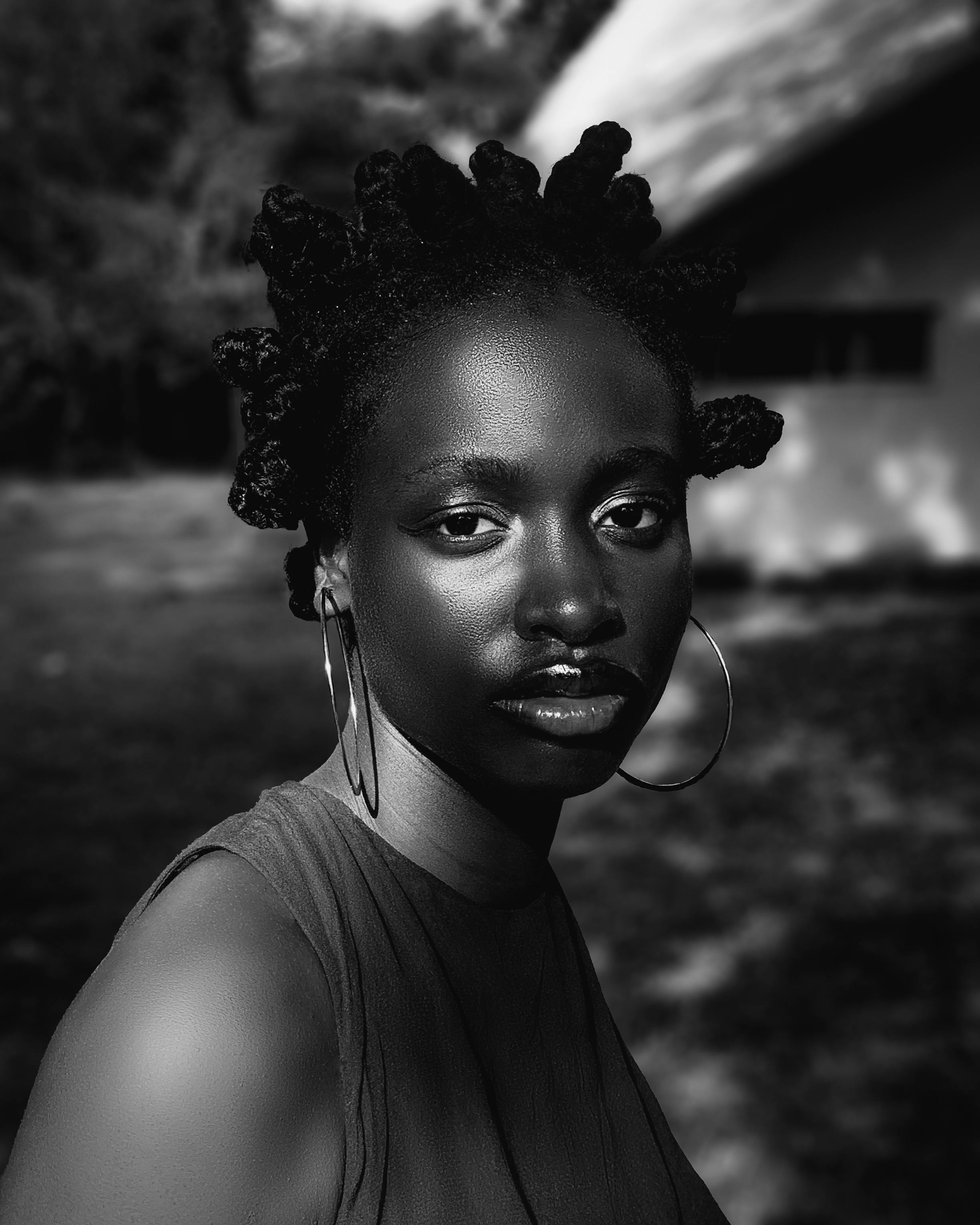Let’s be real for a second—have you ever come across that iconic image of a monkey or ape with what looks like the most disgusted face ever? That's Darwin’s Disgusted Face, and it's been making waves across the internet for years. But here’s the thing: there’s so much more to this picture than just a random animal scowling at the camera. It’s not just a viral meme; it’s a fascinating story that dives deep into science, history, and human emotions. So buckle up, because we’re about to take you on a wild ride through the world of Darwin’s Disgusted Face.
Now, you might be wondering why this particular photo has captured the attention of millions around the globe. Is it because of its sheer absurdity? Or is there something deeper at play here? As it turns out, Darwin’s Disgusted Face is far from being just another viral sensation. It’s a window into the complexities of evolution, animal behavior, and even our own emotional responses as humans.
In this article, we’ll break down everything you need to know about Darwin’s Disgusted Face—from its origins and historical significance to how it’s become a cultural phenomenon in modern times. Whether you’re a science enthusiast, a history buff, or simply someone who loves quirky facts, this article’s got something for everyone. So without further ado, let’s get started!
- How Tall Is Miguel Love Island Discover The Height And More About This Reality Star
- Shadowhunters Series Cast The Ultimate Guide To Your Favorite Shadowhunters
Here’s a quick roadmap of what we’ll cover:
- Biography of Charles Darwin
- The Origins of Darwin’s Disgusted Face
- Understanding Emotions Through Animals
- Cultural Impact and Modern Popularity
- The Science Behind the Expression
- Debunking Common Myths
- Darwin’s Face in Art and Media
- Darwin’s Contributions to Evolution
- Why It Still Matters Today
- Wrapping It All Up
Biography of Charles Darwin
Before we dive into the nitty-gritty of Darwin’s Disgusted Face, let’s talk about the man behind the legend: Charles Darwin. Yeah, you probably learned about him in school, but there’s so much more to his life than just “On the Origin of Species.” Darwin was more than just a scientist—he was a philosopher, explorer, and thinker whose work continues to shape the way we understand the world.
Here’s a quick rundown of Darwin’s life:
- Sara Jo Pender Unveiling The Story Of A Remarkable Woman
- Why Dominos Brooklyn Style Pizza Is A Game Changer For Pizza Lovers
| Full Name | Charles Robert Darwin |
|---|---|
| Birth Date | February 12, 1809 |
| Death Date | April 19, 1882 |
| Place of Birth | Shrewsbury, England |
| Education | Christ’s College, Cambridge; University of Edinburgh Medical School |
| Notable Works | “On the Origin of Species,” “The Descent of Man” |
Now, why does Darwin matter when we’re talking about a monkey with a disgusted face? Well, it’s all about his groundbreaking research on evolution and the connection between humans and animals. Darwin was one of the first to seriously study emotions in animals, and his observations laid the foundation for modern psychology and anthropology.
Key Contributions of Darwin
- Proposed the theory of evolution by natural selection
- Published groundbreaking works like “On the Origin of Species”
- Studied emotions in animals and their connection to human behavior
So, as we explore Darwin’s Disgusted Face, keep in mind that it’s not just a random photo—it’s a testament to Darwin’s legacy and his impact on science and society.
The Origins of Darwin’s Disgusted Face
Alright, now let’s get to the juicy part—where did this whole “Darwin’s Disgusted Face” thing come from? Contrary to popular belief, the famous photo wasn’t actually taken by Darwin himself. Instead, it was part of a larger collection of images created by a photographer named Oscar Rejlander in the late 19th century. Rejlander worked closely with Darwin to study and document various facial expressions in both humans and animals.
Rejlander’s work was revolutionary because it combined art and science in a way that had never been done before. He used photography to capture nuanced expressions, which Darwin then analyzed and interpreted in his book “The Expression of the Emotions in Man and Animals.” The image of the “disgusted” monkey was just one of many photos in this collection, but it’s the one that really stuck.
Why This Photo Stands Out
What makes Darwin’s Disgusted Face so memorable? For starters, it’s hilarious. There’s something about that monkey’s expression that just screams, “What did you put in my food?” But beyond the humor, the photo also highlights the uncanny similarities between human and animal emotions. When you look at that face, you can’t help but see yourself in it. And that’s exactly what Darwin was aiming for—showing that humans and animals aren’t as different as we might think.
Understanding Emotions Through Animals
Now, let’s talk about why studying emotions in animals is such a big deal. Darwin believed that emotions weren’t unique to humans—they were shared across species. By observing animals like the “disgusted” monkey, Darwin was able to draw connections between their behaviors and our own. This idea might seem obvious now, but back in the 19th century, it was groundbreaking.
For example, Darwin noted that animals often express disgust by wrinkling their noses, curling their lips, or turning away from unpleasant stimuli. Sound familiar? These are the same expressions we use when we encounter something gross or offensive. Darwin’s research showed that these reactions are deeply rooted in our biology, not just cultural or social constructs.
Modern Applications of Darwin’s Work
- Psychology: Understanding how emotions evolve can help us treat mental health disorders
- Animal Welfare: Recognizing emotions in animals leads to better treatment and care
- Artificial Intelligence: Emotion recognition technology is inspired by Darwin’s studies
So the next time you see that monkey’s face, remember that it’s more than just a funny picture—it’s a piece of scientific history.
Cultural Impact and Modern Popularity
Fast forward to today, and Darwin’s Disgusted Face has become a cultural icon. It’s been memed, shared, and parodied countless times on social media, turning what was once a scientific study into a global phenomenon. But why has this particular image resonated so deeply with people?
For one, it’s relatable. We’ve all had those moments where we’ve made a face so extreme that it could rival the monkey’s expression. Whether it’s biting into a lemon or reacting to bad news, the universal nature of disgust makes this photo instantly recognizable.
How the Internet Took Over
The rise of social media platforms like Instagram, Twitter, and TikTok has played a huge role in popularizing Darwin’s Disgusted Face. People love sharing memes and captions that put a humorous spin on the image. Some even use it to comment on current events or pop culture trends. It’s like the ultimate inside joke that everyone can be a part of.
The Science Behind the Expression
But let’s not forget the science behind it all. Why do animals—and humans—make that specific “disgusted” face? According to researchers, it’s all about survival. Disgust is an evolutionary mechanism that helps us avoid harmful substances or situations. By wrinkling our noses and curling our lips, we create a physical barrier that prevents us from inhaling or ingesting potentially dangerous things.
In fact, studies have shown that the same neural pathways are activated when we experience disgust as when we see someone else expressing it. This suggests that our brains are wired to recognize and respond to disgust, whether it’s in ourselves or others.
Key Findings in Disgust Research
- Disgust is a universal emotion across cultures
- It serves as a protective mechanism against harm
- Humans and animals share similar disgust responses
So while that monkey’s face might seem exaggerated, it’s actually a perfect example of how disgust works in the animal kingdom.
Debunking Common Myths
Of course, with any viral sensation comes a fair share of myths and misconceptions. Let’s clear up a few of the biggest ones surrounding Darwin’s Disgusted Face:
Myth #1: Darwin Took the Photo Himself
As we mentioned earlier, Darwin didn’t take the photo himself. It was actually part of a collaboration with Oscar Rejlander, who was a pioneer in early photography. Darwin simply used the images to support his research.
Myth #2: The Monkey Was Actually Disgusted
While the expression certainly looks like disgust, there’s no way to know for sure what the monkey was actually feeling. It could have been reacting to something specific, or it might have just been making a random face. Either way, it’s become synonymous with disgust in popular culture.
Darwin’s Face in Art and Media
Beyond memes and viral posts, Darwin’s Disgusted Face has also made its way into art and media. Artists have reimagined the image in everything from paintings to sculptures, using it as a symbol of human-animal connection. Filmmakers and writers have also drawn inspiration from Darwin’s work, exploring themes of evolution, emotions, and identity.
One notable example is the 2009 film “Creation,” which tells the story of Darwin’s life and his struggles with faith and science. The movie includes scenes of Darwin working with animals, including the famous “disgusted” monkey. It’s a powerful reminder of how Darwin’s research continues to inspire creativity and innovation.
Darwin’s Contributions to Evolution
Of course, we can’t talk about Darwin without mentioning his most famous contribution: the theory of evolution by natural selection. This idea revolutionized the way we understand life on Earth, showing that all species are connected through a common ancestry. Darwin’s work laid the foundation for modern biology and continues to influence fields like medicine, genetics, and ecology.
But what does this have to do with Darwin’s Disgusted Face? Well, it’s all about connections. Just as Darwin showed that humans and animals share a common ancestor, the photo reminds us that we also share emotions and behaviors. It’s a powerful reminder of our shared heritage and the intricate web of life that binds us all together.
Why It Still Matters Today
So why should you care about Darwin’s Disgusted Face in 2023? The truth is, it’s more relevant than ever. In a world where climate change, biodiversity loss, and animal welfare are major concerns, understanding the connections between humans and animals is crucial. Darwin’s work reminds us that we’re not separate from nature—we’re a part of it.
Moreover, the photo serves as a reminder of the power of science and art to bridge gaps and bring people together. Whether you’re laughing at a meme or learning about evolution, Darwin’s Disgusted Face continues to inspire curiosity and wonder.
Wrapping It All Up
There you have it—the full story behind Darwin’s Disgusted Face. From its origins in 19th-century photography to its modern-day status as a cultural icon, this image has captivated audiences for generations. But it’s more than just a funny picture—it’s a testament to Darwin’s groundbreaking research and his enduring
- Is Cd Lamb Married Unveiling The Truth Behind The Spotlight
- Riley Reid News The Latest Updates And Buzz Surrounding The Adult Industryrsquos Favorite Star


